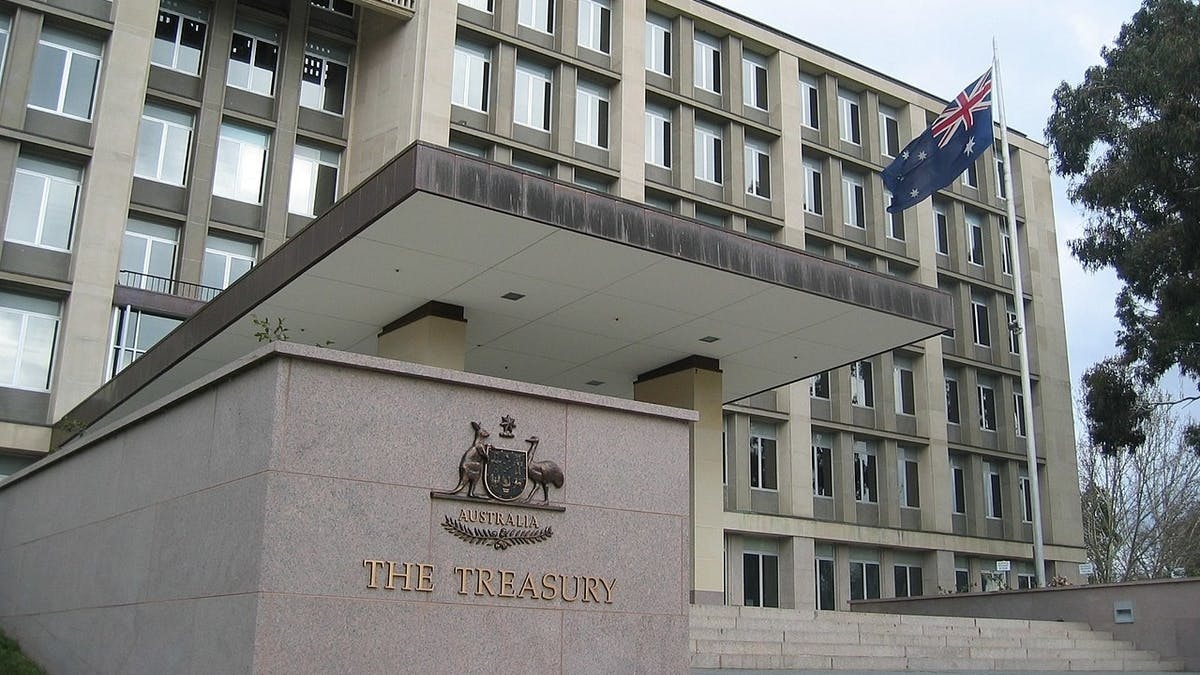The increasing ATO compliance activity aimed at businesses groups is one contentious issue raised by businesses, according to the KPMG survey.
In an attempt to address this, Treasurer Josh Frydenberg announced a proposal to lower the pay-as-you-go tax instalment rate from 10 per cent to 2 per cent for the 2022-23 income year.
“This has the potential to reduce red tape and boost the cash flow of over 2.3 million small businesses and sole traders,” Treasurer Josh Frydenberg said in a joint statement. “For the 2022-23 fiscal year, the government will set the GDP uplift rate that applies to the pay-as-you-go (PAYG) and GST instalments at 2 per cent.”
This rate is significantly lower than the 10 per cent rate that would have been imposed under the statutory formula. Lower instalments will result from a lower uplift rate, providing $1.85 billion in cash flow support to the 2.3 million small and medium-sized businesses, sole proprietors, and individuals.
According to government estimates, the new measure could save $800 million in annual compliance costs.
“Our small business and sole trader package will deliver more than $800 million in compliance savings every year, allowing SMEs to do what they do best — invest, innovate and drive job growth,” he added.
Payments to align with financial performance
The Budget for 2022-23 includes new measures that will use technology to automate tax reporting requirements and align instalment payment obligations with financial performance.
Furthermore, the government is assisting businesses in managing cash flows by allowing them to calculate PAYG instalments based on financial performance. If a company’s financial performance deteriorates, it may be able to get refunds on automatic payments.
Over 500,000 businesses with PAYG instalment obligations will initially benefit from the measure which will reduce compliance costs, improve processing times, and help SMEs manage their cash flow.
New systems for implementing this measure are expected to be in place by December 31, 2023, with implementation beginning January 1, 2024.
Smarter reporting of taxable payments
The government will give eligible businesses the option of reporting taxable payments reporting system data via software.
Businesses that choose automatic reporting will no longer have to spend time and money filling out the annual Taxable Payments Annual Report. New systems are expected to be in place by December 31, 2023, with implementation beginning January 1, 2024.
In addition, the government will create systems to allow all trusts to file income tax returns electronically. The ability to pre-fill beneficiaries’ tax returns will be created by digitising the reporting of trustee and beneficiary obligations.
This measure will allow up to 30,000 trusts that currently lodge on paper to do so electronically. In the Australian tax system, there are just under 1 million trusts and approximately 1.8 million beneficiaries. The new systems are expected to be operational by July 1, 2024.
Furthermore, beginning on July 1, 2023, the government is lowering the costs of doing business for manufacturers, importers, and distributors in the alcohol and fuel sectors by allowing companies with less than $50 million in annual revenue to lodge and pay excise and excise-equivalent customs duty on a quarterly basis.
At the moment, the majority of these businesses report monthly, with some reporting weekly.
More information about the Government’s comprehensive support for SMEs will be contained in Budget 2022-23.
Here’s the official release.
Keep up to date with our stories on LinkedIn, Twitter, Facebook and Instagram.

